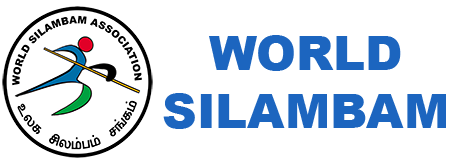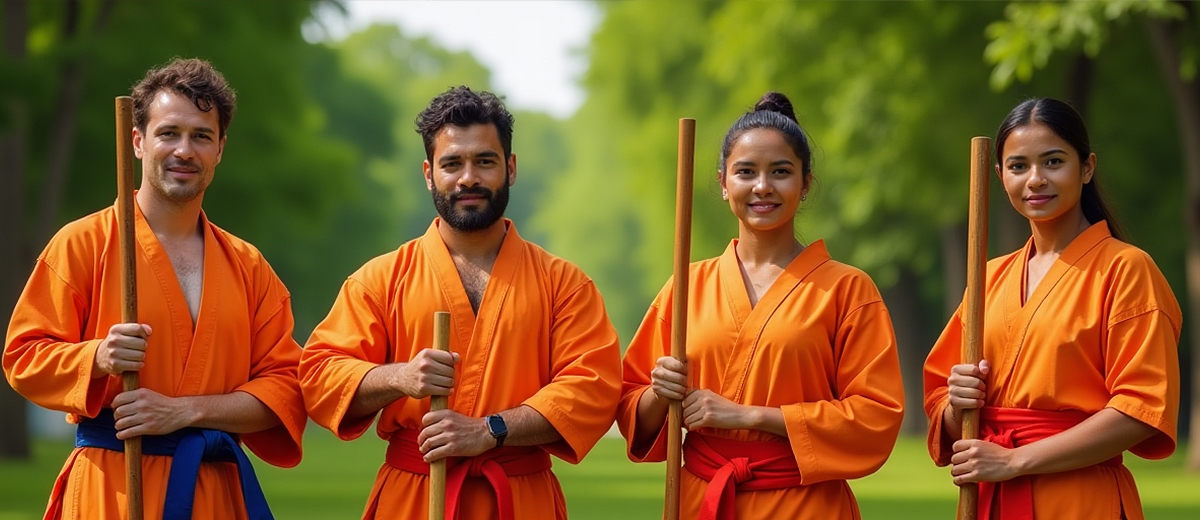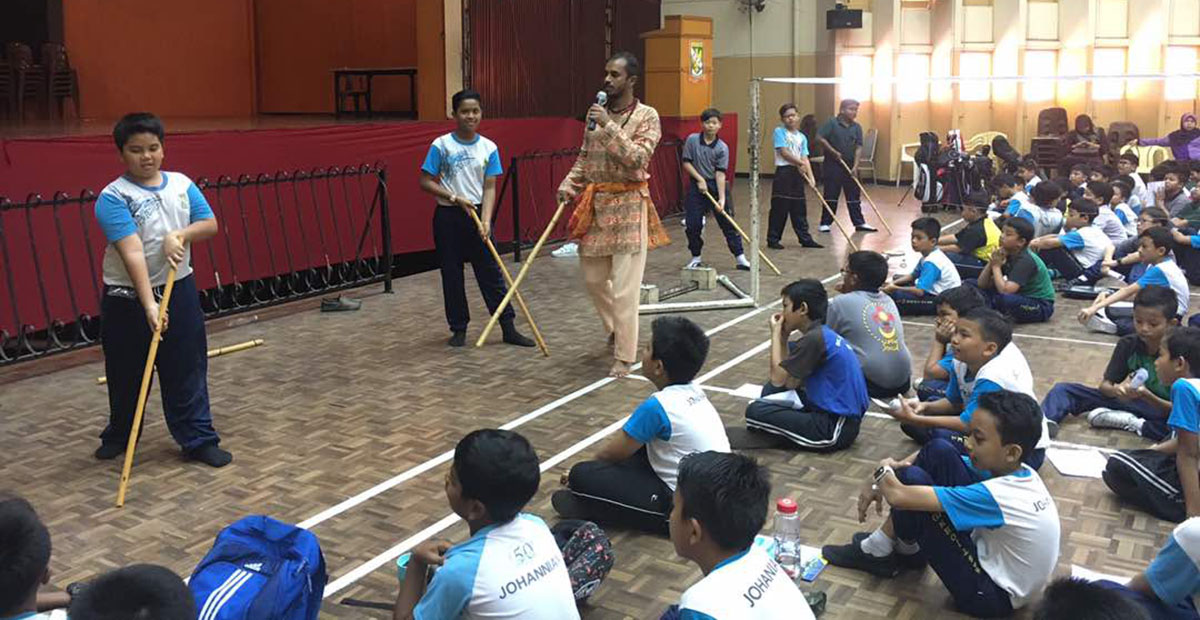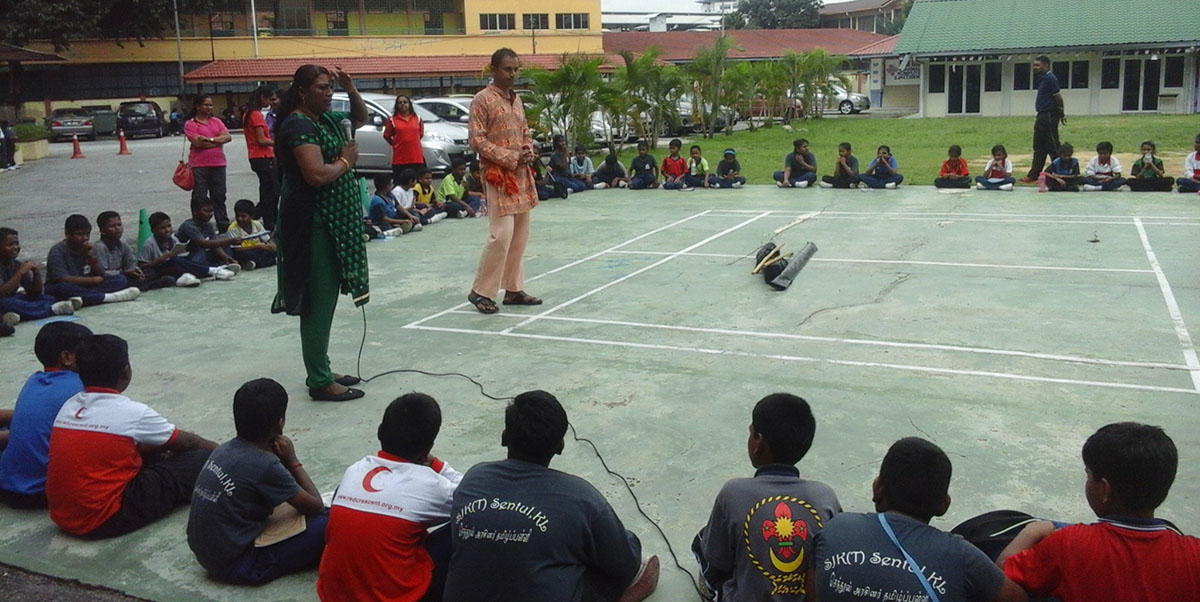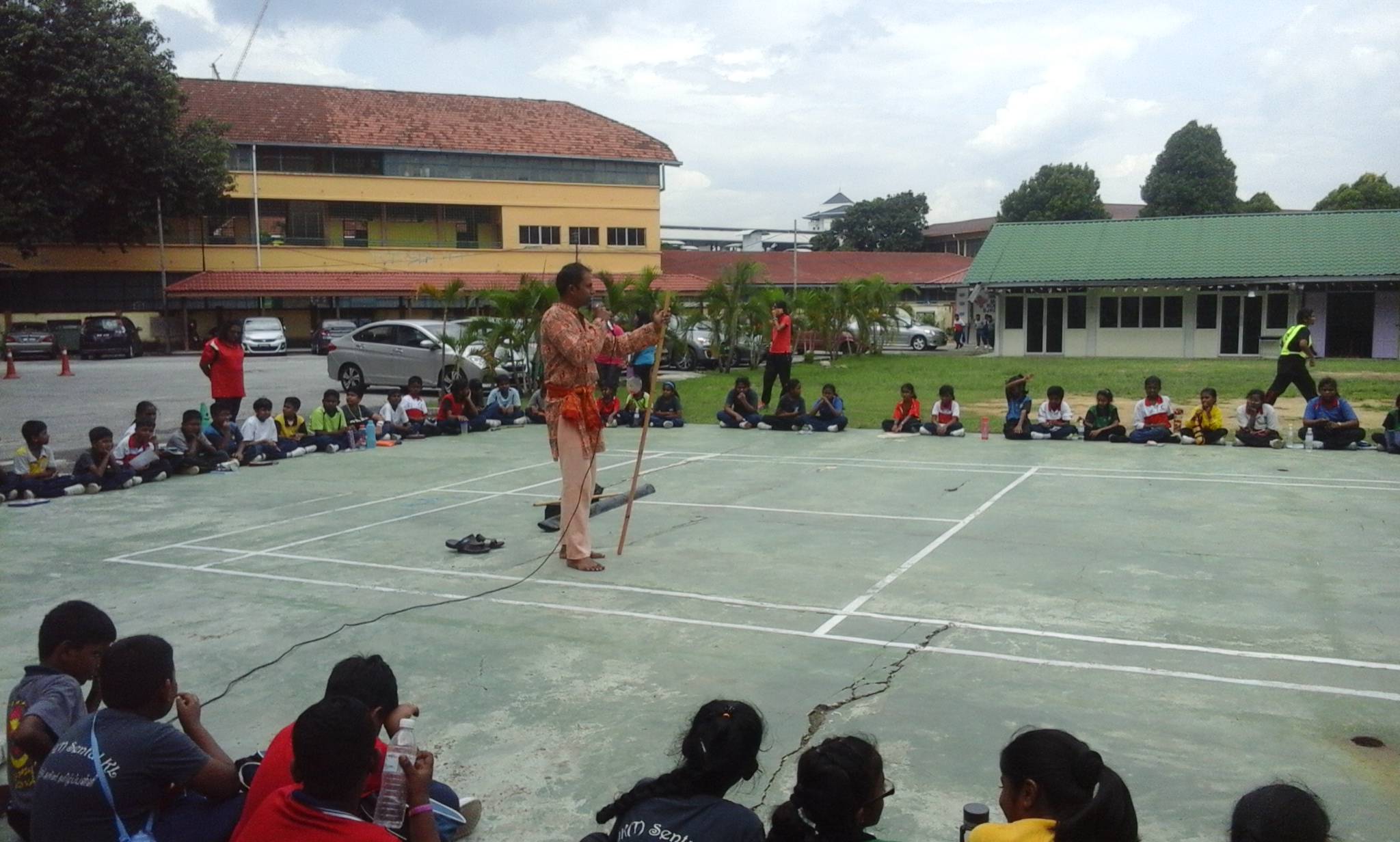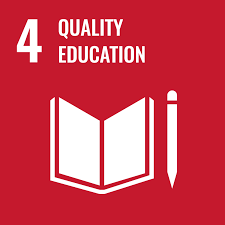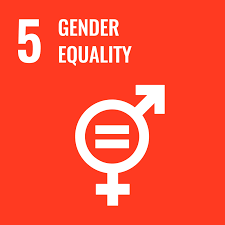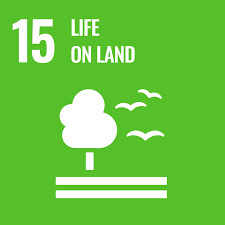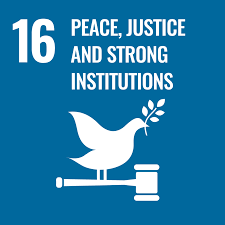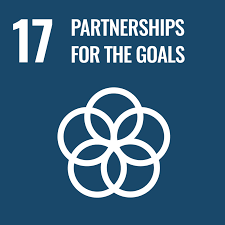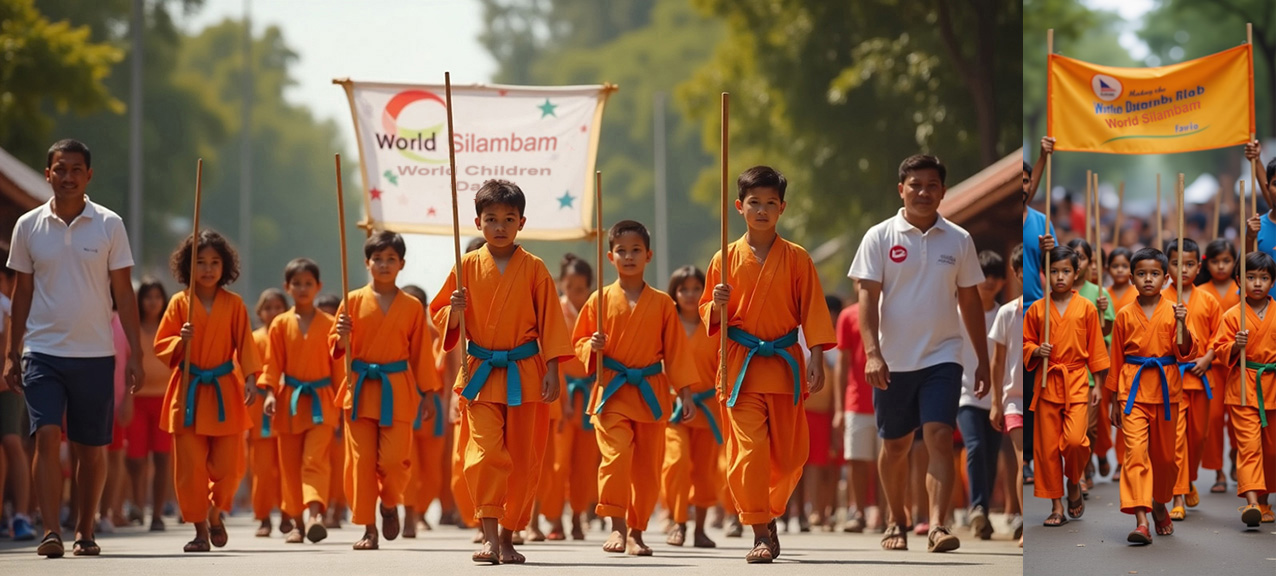Silambam Structure
The organizational structure of Silambam is designed to effectively promote, regulate, and preserve this ancient Indian martial art. It operates at multiple levels, including governing bodies, training academies, instructors, practitioners, and affiliated organizations worldwide. At the forefront of this structure is the World Silambam Association (WSA), the global governing body responsible for unifying, standardizing, and promoting Silambam across different countries.
At the highest level, national and international governing bodies, operating under the guidance of the World Silambam Association, oversee the standardization of Silambam techniques, grading systems, certification processes, and global representation in sports and cultural forums. These organizations establish guidelines for competitions, training methodologies, and official rankings to ensure consistency across different schools and regions.
Under these governing bodies, training academies and institutions provide structured programs ranging from beginner to advanced levels. These academies, often affiliated with the World Silambam Association, conduct classes, workshops, and seminars to ensure systematic skill development and knowledge transfer. Each academy follows a hierarchical system, with grandmasters, senior instructors, junior instructors, and students, fostering mentorship and progressive learning. The association plays a key role in accrediting these academies, ensuring they uphold international training and assessment standards.
At the grassroots level, regional associations and clubs play a vital role in expanding Silambam’s reach. They organize local events, tournaments, and awareness campaigns to increase public participation. These organizations also collaborate with government bodies, cultural institutions, and sports councils to integrate Silambam into educational and fitness programs. The World Silambam Association supports these initiatives by providing resources, recognition, and technical guidance to strengthen Silambam’s presence in communities worldwide.
With this well-defined structure, led by the World Silambam Association, Silambam continues to thrive as both a traditional art form and a competitive sport, ensuring its sustainability, cultural preservation, and global recognition.
